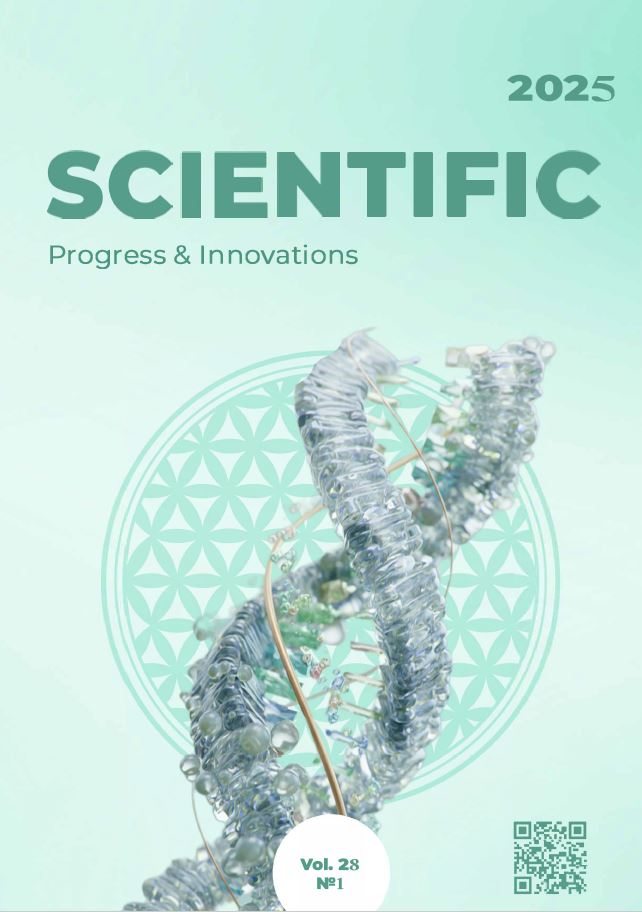Listeria innocua as a potential pathogen of food-borne infections
DOI:
https://doi.org/10.31210/spi2025.28.01.39Keywords:
Listeria innocua, Listeria monocytogenes, listeriosis, biofilm, NanoLuc Luciferase Test, food productsAbstract
The aim of the review was to determine the distribution of the potential foodborne pathogen L. innocua and methods for its differentiation in accordance with European Union requirements. The article considers the problem of foodborne infections, and establishes that listeriosis is a serious challenge to public health. The frequency and speed of its spread are increasing due to the globalization of commercial food chains. The genus Listeria currently includes 21 studied species and 6 subspecies. L. monocytogenes and L. innocua are the most genetically close and are of particular importance for food safety. And the results of recent studies have shown the possibility of pathogenicity for humans of L. innocua, and deaths have been reported in septicemia caused by L. innocua. Contamination with L. innocua is quite often detected in seafood (salted, freshly smoked and chilled fish), in meat products (frozen minced meat, semi-finished products, smoked products, ready-to-eat products), as well as in vegetables (onions, cabbage, potatoes, beets), in silage. Which is probably related to the detection of L. innocua in rodents, which may lead to contamination of products stored in warehouses with the pathogen. It has been established that the prevalence of L. innocua in seawater is higher than that of other species of Listeria, especially in coastal waters. The presence of atypical L. innocua in seawater can cause contamination of fish, squid, crustaceans and other seafood, which poses a danger to human health. Methods for the differentiation of L. innocua and L. monocytogenes are considered. It has been determined that L. innocua belongs to two main subgroups A and B and to an atypical subgroup D (hemolytic), which is what serves as a connecting link between L. innocua and L. monocytogenes in the evolutionary chain. For the differentiation of L. innocua, it was found that the NanoLuc Luciferase Test with the L. innocua strain (NLuc bioluminescent method) based on the determination of the quantitative indicator of bacterial cells has high sensitivity and the ability to detect L. innocua in the range of 1.0×104 CFU/mL – 5.0×107 CFU/mL and has a wide range of applications.
Downloads
Published
How to Cite
Issue
Section
License
Copyright (c) 2025 Scientific Progress & Innovations

This work is licensed under a Creative Commons Attribution 4.0 International License.

 Creative Commons Attribution 4.0 International Licens
Creative Commons Attribution 4.0 International Licens